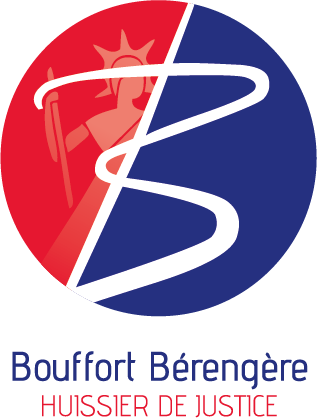The SSR invokes specific operational mechanics that dictate that short selling is restricted to price levels above the current best bid after a 10% drop in a stock’s price from the previous day’s close. Regulation SHO is a rule implemented by the SEC in 2005 to update rules concerning short-sale practices. Regulation SHO established « locate » and « close-out » standards that are primarily aimed at preventing the opportunity for traders to engage in naked short selling and other unethical practices. The selloff was as a result of the government raising both corporate and personal taxes that later hiked the interest rates, breaking the already declining economy. Short sellers took advantage of this, a How to buy ecomi situation that greatly affected the securities prices in the market.
In trading, there are several positions where a trader must buy and sell a certain number of shares of a stock, say 100 shares and this is called a lot. If an investor who has borrowed shares is trying to axi review sell shares to close out an odd-lot position, as in they had 123 shares when the lot size is 100, this trade is exempt from the alternative uptick rule. The government knew that they needed to get a hold of the volatility of the stock market if they were going to be able to pull the country out of the depression. Thus it established the uptick rule, also known as regulation 10a-1 for the purpose of stopping traders from being able to crash the price of a stock with a large short sale order. The Securities and Exchange Commission (SEC) introduced an “alternative uptick rule » in February 2010 that was designed to promote market stability and preserve investor confidence during periods of volatility.
Timing and Strategies
There’s also the practice of naked short selling, where sellers fail to borrow shares before selling them, which has been accused of contributing to undue pressure on stock prices. This revised rule only activates a short sale restriction when a stock’s price drops by 10% or more from the previous day’s closing price. The number one exemption to the alternative uptick rule is that the trader owns the stock they are trying to sell. Thus this exemption is meant to keep professional brokers adhering to the rule while letting the average citizen sell a commodity that may be crashing fast. Short selling is related to the sale of a security by an investor who is not the owner of the security or who has borrowed the security for trading.
Alternative Uptick Rule of 2010
The uptick rule originally was adopted by the SEC in 1934 after the stock market crash of 1929 to 1932 that triggered the Great Depression. At that time, the rule banned any short sale of a building winning algorithmic trading systems stock unless the price was higher than the last trade. After some limited tests, the rule was briefly repealed in 2007 just before stocks plummeted during the Great Recession in 2008. In 2010, the SEC instituted the revised version that requires a 10% decline in the stock’s price before the new alternative uptick rule takes effect. The uptick rule is important for legitimate short selling of stocks displaying a downward price trend. It also prevents traders from aggravating the downfall of the stocks already witnessing a decline.
While shorting a certain stock, the trader expects to buy the same stock in the future at a lower price to make a good profit. Several studies have been performed over the years, revealing that no additional relief comes from the uptick rule in a bear market. In 2007, the SEC repealed the uptick rule, giving free rein to short-sellers who soon took advantage in the next stock market crash in 2008.
- Investors are encouraged to recognize the influence of the SSR on trading strategies.
- The conversation by Representative Barney Frank was supported by the members of the Congress who were hopeful that they would bring back the rule.
- However, SEC reintroduced it in 2010 after the 2008 economic crisis to prevent manipulation of stock prices by traders.
- They hoped that this would stabilize the market when the U.S. so desperately needed it.
What is the Uptick Rule?
So before you jump the gun and start shorting, keep reading to find out what rules you have to obey when it comes to short selling stock. Short sale data was made publicly available during this pilot to allow the public and Commission staff to study the effects of eliminating short sale price test restrictions. Third-party researchers analyzed the publicly available data and presented their findings in a public Roundtable discussion in September 2006.
” analyzed the complete transaction history of the Taiwan Stock Exchange between 1992 and 2006. Additionally, it tied the behavior of gamblers and drivers who get more speeding tickets to overtrading, and cited studies showing that legalized gambling has an inverse effect on trading volume. Once triggered, the SSR remains in effect until the end of the following trading day.
The Trading Challenge is one of the most comprehensive penny stock courses found anywhere. (In my opinion.) ShortStocking is only a small part of the vast library of trading knowledge available to Trading Challenge students. While it might not sound too exciting, this kind of information is important to you as a trader. The Securities Exchange Act of 1934 established the Securities and Exchange Commission (SEC) to enforce federal securities laws. As a certified market analyst, I use its state-of-the-art AI automation to recognize and test chart patterns and indicators for reliability and profitability. When the market officially bottomed-out in 2008, everyone began pointing fingers, many of which were aimed at the banking industry.
